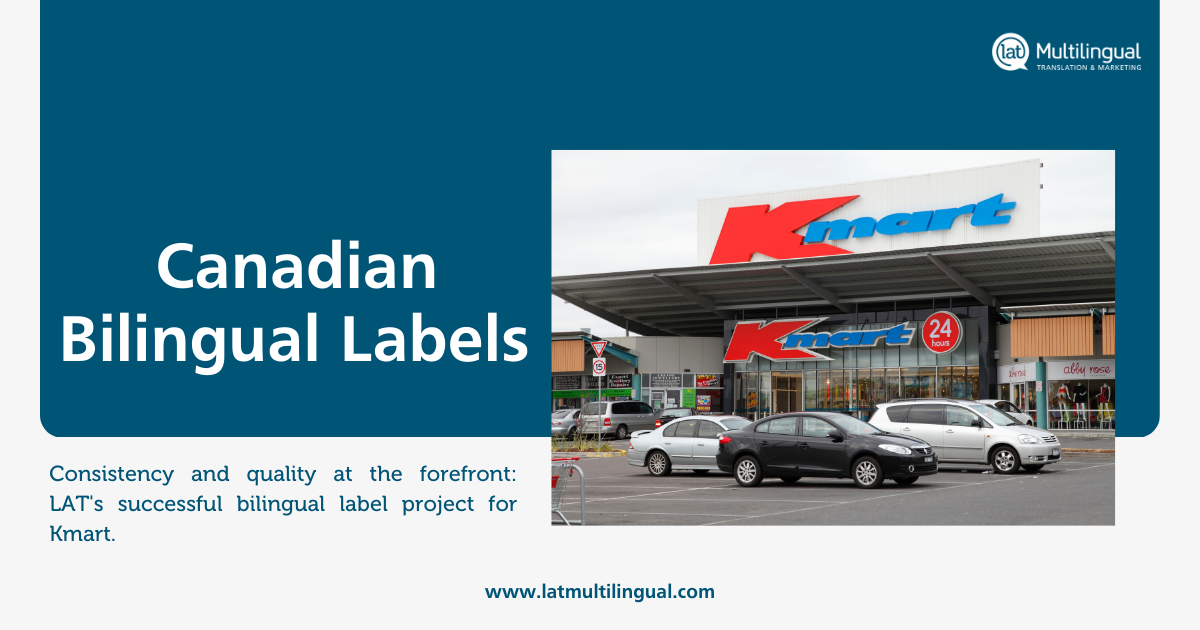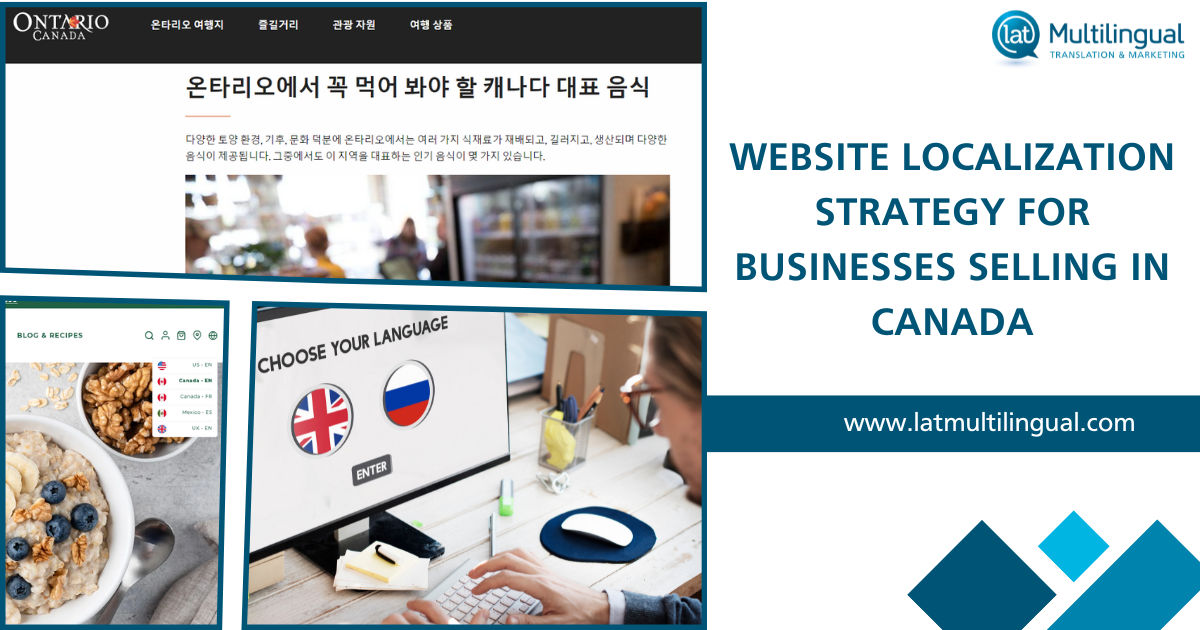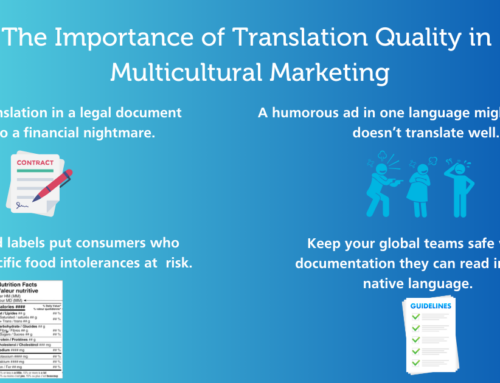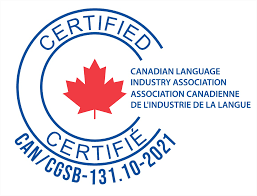Website localization is a key tool for any business looking to expand its market. In addition to language translation, website localization goes a step further to ensure that your global customers are getting an optimized website experience that is tailored to their unique needs and preferences.
What is website localization?
Website localization is the process of translating and adapting your website content to fit the language and culture of different markets. Some aspects of localization include translating all content into the local language and switching to local currency, units of measurement, and time. Last but certainly not least, a good website localization strategy involves adapting your website’s content to make sure everything is culturally relevant, appropriate, and resonant for your target market.
In this article, we’ll take a closer look at each of these aspects of website localization. Then, we will discuss the benefits of website localization and share how you can get started with your website localization.
Language
Translation is often one of the first things that comes to mind when we talk about website localization, and for a good reason. According to a 2020 study by CSA Research, 65% of consumers prefer content in their language, even if it’s poor quality. 40% of consumers will not purchase from a website that is not available in their language.
If you’re a business operating in Canada, your website should, at a minimum, have English and French translations available to viewers. Take a look at how Kmart connected with Canadian audiences.

After your official languages are covered, it’s time to start website translation for your other target markets.
Numbers and currency
Many countries or languages have slight differences in the way they write prices, times, measurements, addresses, phone numbers, and more. And, of course, countries have different currencies and forms of payment. If these differences are not accounted for, the meaning of your content could change drastically. That’s why website localization can help avoid confusion for everyone involved.
For example, French uses a comma instead of a point for decimal numbers (including prices). It also places the dollar sign after the number rather than before. Another big difference from country to country is the 12-hour or 24-hour clock. Countries such as Germany, France, Romania, and Vietnam use the 24-hour clock almost exclusively.
Price in English: $49.99
Price in French: 49,99$
Time in English: 2:30 PM
Time in French: 14h30
Cultural relevance
Adjusting your website content to fit the cultural norms of your target market is one of the most important parts of website localization, but it’s also one that is easily neglected by businesses. Localization goes beyond the basics of translation and numbers. It’s also about appealing to the heart of your target markets. Even within English-speaking countries, there are vast cultural, linguistic, and value-based differences. For example, Canada, the US, Australia, India, and the UK all have large English-speaking populations, but your business will still benefit from a different localization strategy for each.
Some basic localization tasks for this category include swapping out pictures and graphics to better represent the people you’re targeting, using local terminology, slang, and expressions (which help with Search Engine Optimization, or SEO), and adapting the tone of your website copy.
Why your business needs a localization strategy
A website localization strategy should be an essential part of your global marketing efforts. If users have to use external tools to translate your written content and convert prices to their local currency, they can easily get discouraged from visiting your website. Website localization leads to a much smoother process for the user and should ideally make them feel more comfortable and natural using your website.
Additionally, different target markets have different purchasing habits and preferences. Website localization will help contribute to your larger marketing strategy by tailoring your website to fit local preferences.
People also use different keywords depending on their language and culture. A good website localization strategy will adapt to local keywords and multilingual SEO, helping your website rank higher on search engines to reach more potential customers.
How to start your website localization
If it’s your first time trying website localization, remember that it’s okay to start small. Website localization is an ongoing process that you can always revisit. Many small businesses have had great success by localizing their websites for even one or two key markets.
Once you have determined the location of your target markets, LAT Multilingual can help bring your website localization strategy to life. Our team of language and marketing experts will provide the complete translation and localization package. Get in touch with us today!














